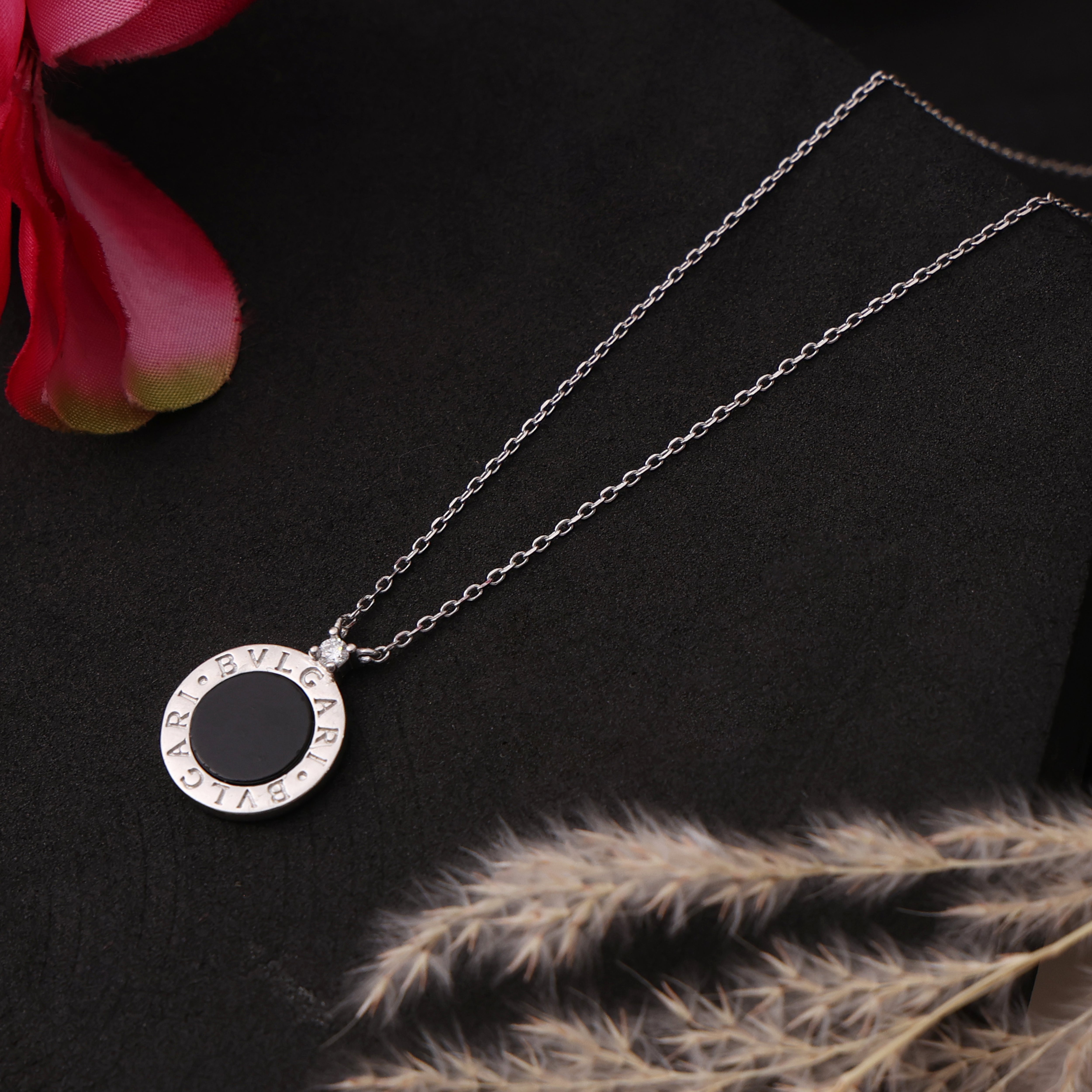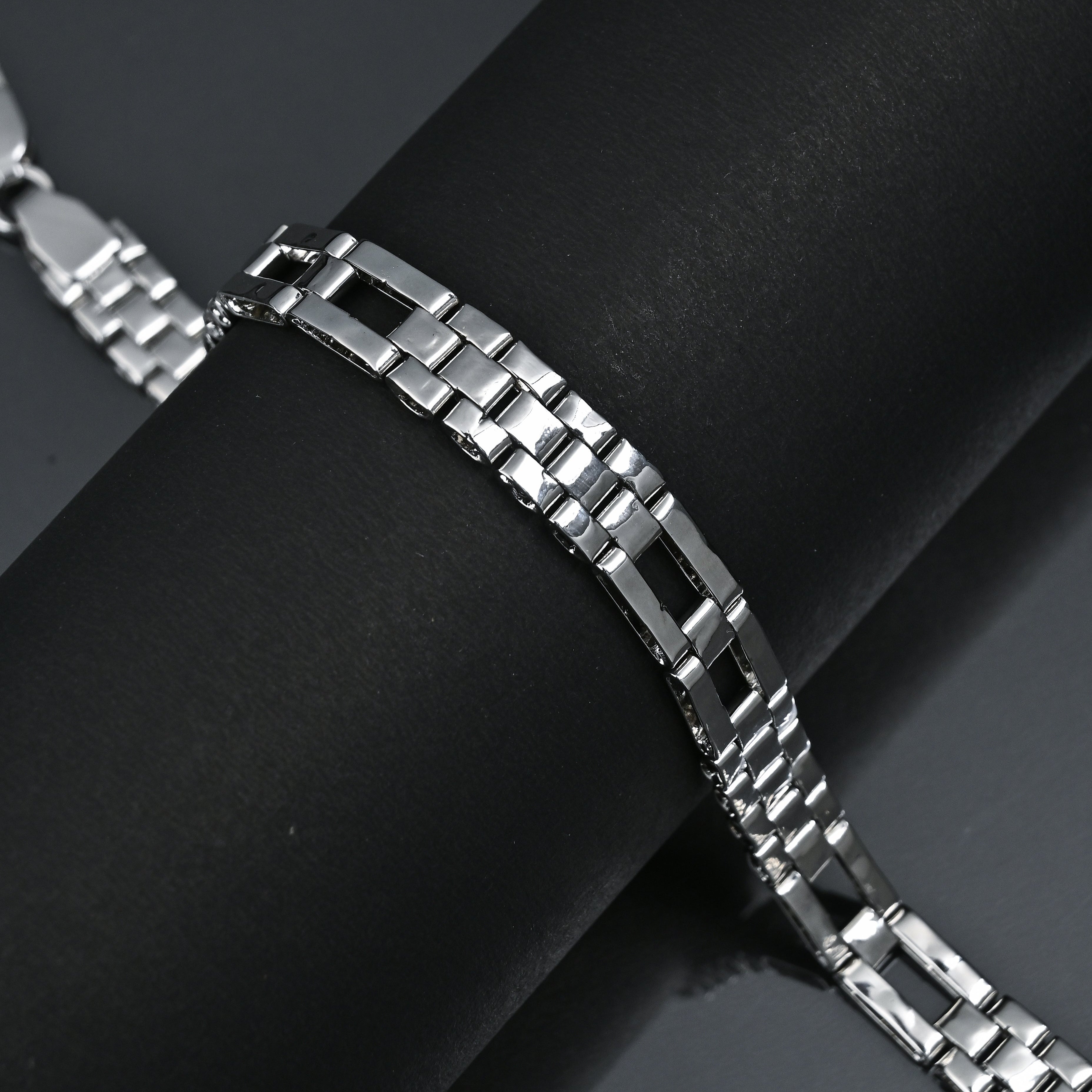
Must Jewelleries For Indian Wedding
Introduction
An Indian wedding is a vibrant celebration jam-packed with traditions, colors, music, and of course, stunning jewelry! The right bridal jewelry can truly elevate any bride's look, adding that special sparkle and elegance to her big day. From dazzling bangles to intricate necklaces, each piece tells a story. Whether you're the bride-to-be or simply love Indian culture, uncovering the essential jewelry pieces for an Indian wedding can be an exciting experience. So let's dive in and discover the must-have wedding jewelry to make that moment magical.
The Significance of Jewelry in Indian Weddings
Indian weddings are known for their grandeur and vibrancy, and jewelry plays a pivotal role in this celebration. Let's delve into what makes these sparkling adornments so important.
Cultural and Traditional Importance
In Indian culture, jewelry is not just about aesthetics; it is deeply rooted in traditions. Each piece signifies a heritage passed down through generations. During weddings, jewelry holds a place of reverence, often regarded as a symbol of family pride and prosperity. The intricate designs and choice of gemstones often reflect the region and community, bringing a touch of ancestry to the modern-day bride.
Symbolic Meaning of Different Pieces
Every piece of jewelry worn by an Indian bride is laden with symbolism. For instance, a 'Mangalsutra' is a sacred necklace symbolizing marriage, while anklets are believed to bring good fortune. Bangles signify creativity and prosperity. These pieces collectively narrate the bride's journey, weaving a story that is both personal and universal across Indian weddings.
Role in Enhancing Bridal Beauty
Apart from their cultural and symbolic value, jewelry significantly enhances a bride's beauty. The right pieces add a touch of sparkle and sophistication, complementing the bridal attire and bringing the entire ensemble to life. From the glinting maang tikka resting on the forehead to the elaborate armlets that draw attention to graceful arms, every piece plays its part in transforming a bride into a regal vision.
Essential Neckpieces
A bride's look is incomplete without the right neckpieces, and Indian weddings offer a treasure trove of choices. Here are some exquisite options that a bride must consider for her big day.
Rani Haar: The Regal Necklace
The Rani Haar is known for its grandeur and elegance. Typically longer in length, this necklace is decorated with delicate filigree work and precious gemstones. The Rani Haar is often reserved for royalty, and true to its name, it bestows a regal aura upon the bride, making her feel like a queen on her special day.
Choker: A Modern Yet Traditional Choice
A choker, snug around the neck, is a perfect infusion of contemporary style with traditional charm. Often embellished with colorful stones and pearls, chokers work beautifully with most bridal necklines. They add an edgy dimension while maintaining the classic ethos of Indian bridal jewelry.
Long Necklace Sets: Layered Elegance
Long necklace sets, often worn alongside chokers or Rani Haars, add an element of layered sophistication. These pieces usually feature intricate motifs and are often crafted with gold or kundan, making them versatile for any bridal outfit. Their cascading appeal enhances the neckline, bringing a balance of opulence and grace.
With these jewelry pieces, any bride can step into her new life adorned in splendor, resonating with the time-honored traditions of Indian weddings.
Bridal Earrings
Earrings hold a special place in an Indian bride's jewelry collection, adding charm and grace to her overall look. They are often the focal point, drawing attention to the face and complementing the bridal attire. Here are some must-have styles for every bride-to-be:
Traditional Jhumkas: Timeless Appeal
When you think of classic Indian bridal earrings, jhumkas are the first to come to mind. These beautifully crafted bell-shaped earrings have a unique, timeless appeal that matches well with traditional sarees and lehengas. Jhumkas often feature intricate designs and embellishments such as pearls, beads, or gemstones, making them perfect for brides seeking a traditional, yet bold, look. Their versatility allows them to pair effortlessly with both North and South Indian wedding ensembles.
Chandbalis: Moon-Shaped Elegance
Chandbalis are named after their crescent moon-like design, and they bring a celestial beauty to any bridal look. With origins steeped in the royal courts of India, chandbalis add a touch of regality and sophistication to the bride's ensemble. These earrings often come studded with diamonds, rubies, or emeralds, sparkling with every move. Whether you choose a bold pair for the main ceremony or something more understated for an evening event, chandbalis are a testament to elegance and tradition harmoniously intertwined.
Dangling Earrings: Perfect for Pre-Wedding Ceremonies
Pre-wedding ceremonies like sangeet and mehndi call for jewelry that's playful yet chic, and dangling earrings strike the perfect balance. These earrings can range from delicate, long chains adorned with tiny beads to more elaborate pieces featuring ornate designs. Dangling earrings are not only stylish but also allow for plenty of movement, making them ideal for lively celebrations where dancing is a must. Opt for colorful gemstones or mixed metals to add a touch of fun and flair to your pre-wedding festivities.
Maang Tikka and Matha Patti
The maang tikka and matha patti are quintessential Indian bridal accessories that beautifully frame the face, infusing the look with cultural richness. These forehead adornments are more than just pieces of jewelry; they represent tradition and customs passed down through generations.
Maang Tikka: The Forehead Adornment
The maang tikka is a small yet striking ornament worn in the center of the forehead, typically resting along the hairline. Designed to accentuate the bride's features, maang tikkas come in a variety of designs, from minimalist chains with a single gemstone to elaborate pieces adorned with clusters of pearls or diamonds. Their central placement draws focus to the eyes and enhances the overall bridal glow.
Matha Patti: The Elaborate Headpiece
For brides aiming for a more elaborate headpiece, the matha patti is an excellent choice. This accessory extends over the forehead, flanking the hairline with intricate designs. A matha patti complements traditional bridal attire, adding layers of sophistication and elegance. Often embellished with precious stones and detailed carvings, it creates a regal aura, perfect for the grandeur of a wedding celebration. Whether opting for a simple style or a more ornate design, the matha patti ensures the bride looks every bit the queen on her special day.
Bangles and Bracelets
Bangles and bracelets play an essential role in the adornment of an Indian bride. They aren't just jewelry; they are the beautiful chimes that sound the steps of new beginnings. From vibrant reds to shimmering metallics, each piece carries its own significance and charm, completing the bridal look with elegance.
Chooda: The Red and White Bridal Bangles
A quintessential part of many North Indian weddings, the Chooda is a set of red and white bangles that brides wear. Traditionally made from ivory and colored with red, these bangles are not just about style but a deep-seated tradition. The Chooda is usually worn for months after the wedding, symbolizing good fortune and prosperity in the marriage. Their striking contrast and exquisite designs help add a pop of color to the bride’s ensemble. As friends and family slip these onto the bride’s wrists, it marks the union with a vibrant and emotional note, making her feel loved and cherished.
Kadas: Intricate Hand Adornments
Kadas are thick bangles that serve as stunning hand adornments. They often feature detailed craftsmanship that includes elaborate patterns, gemstone embellishments, and sometimes even enamel work. These statement pieces can range from simple elegance to complex artistry, adding a dimension of beauty to the bride's attire. Unlike the Chooda, kadas are versatile, fitting seamlessly with both traditional and contemporary bridal outfits. They can be worn alongside other bangles or stand out alone, radiating grace and grandeur.
Rings and Nath (Nose Ring)
The splendor of an Indian bridal ensemble is never complete without the perfect rings and nath. These jewelry pieces not only accentuate your beauty but also embody cultural symbolism.
Statement Rings: Adding Glamour to Hands
Statement rings are a fabulous addition to the bridal glamour. From large cocktail rings to elaborate designs set with diamonds, rubies, or emeralds, these rings are designed to attract attention. Worn on one or multiple fingers, they add that extra dazzle to the bride’s hands, complementing the intricate henna designs. Statement rings can vary widely in style and size but are usually chosen to match the bridal outfit, enhancing the elegance of the entire look.
Nath: The Bridal Nose Ring Significance
The nath, or nose ring, is another traditional piece laden with cultural importance in Indian weddings. Often a large hoop adorned with tiny pearls or gemstones, it is connected to the hair with a thin chain, gracefully framing the face. The nath signifies the bride’s connection to her heritage and is thought to herald matrimonial bliss. Beyond its cultural significance, the nath adds an exquisite touch to the bride's visage, making the entire ensemble truly unforgettable. Brides often match the nath with other jewelry pieces, ensuring a harmonious and regal appearance.
Waistband and Anklets
When it comes to Indian weddings, every piece of jewelry tells a story, and the waistband and anklets are no exception. These pieces not only add charm but also hold cultural significance, enhancing the bridal attire with intricate details.
Kamarband: Accentuating the Waist
The kamarband, or waist chain, is a stunning piece of jewelry that beautifully accentuates the waistline. It’s often crafted from gold or silver and embellished with precious stones, pearls, or intricate designs. The elegance of a kamarband doesn't just boost the bridal look; it symbolizes prosperity and adds a regal touch. Brides can select from a variety of styles, ranging from simple, delicate chains to bold, ornate pieces adorned with dangling charms. Whether draped over a saree or lehenga, the kamarband ties the whole bridal ensemble together, adding an element of grace and poise to every step the bride takes.
Payal: The Melodic Ankle Jewelry
On to the feet, the payal, or anklet, is another essential jewelry piece that attracts attention with its subtle melody. Typically crafted in silver, a payal often features tiny bells that create a gentle tinkling sound with every movement, a sound synonymous with the joy of celebrations. The delicate chain designs can range from single-layered to multi-layered patterns, sometimes even embellished with small gemstones or intricate filigree work. Besides enhancing the beauty of the bride’s feet, payals hold cultural importance, representing the bride’s transition into her new life. Wearing payals not only completes the traditional bridal look but also carries forward a timeless tradition filled with grace and musical elegance.
Conclusion
In wrapping up, selecting the perfect jewelry for an Indian wedding isn't just about aesthetics; it’s about weaving together traditions, emotions, and personal style into an unforgettable tapestry. Whether you're captivated by the allure of a dazzling maang tikka or the cultural richness of a choker necklace, each piece plays a significant role in your bridal ensemble.
Remember to consider comfort alongside style, as this ensures you can embrace each joyful moment with confidence. By mixing timeless classics with contemporary touches, you're guaranteed to shine brightly on your special day, creating memories that will be cherished for a lifetime.







